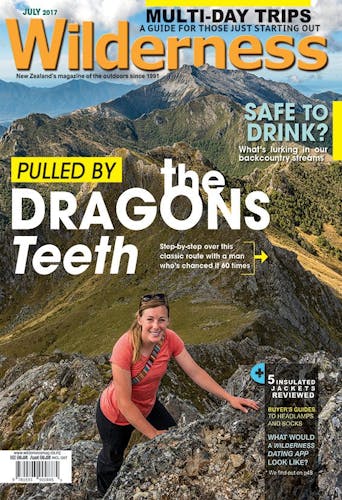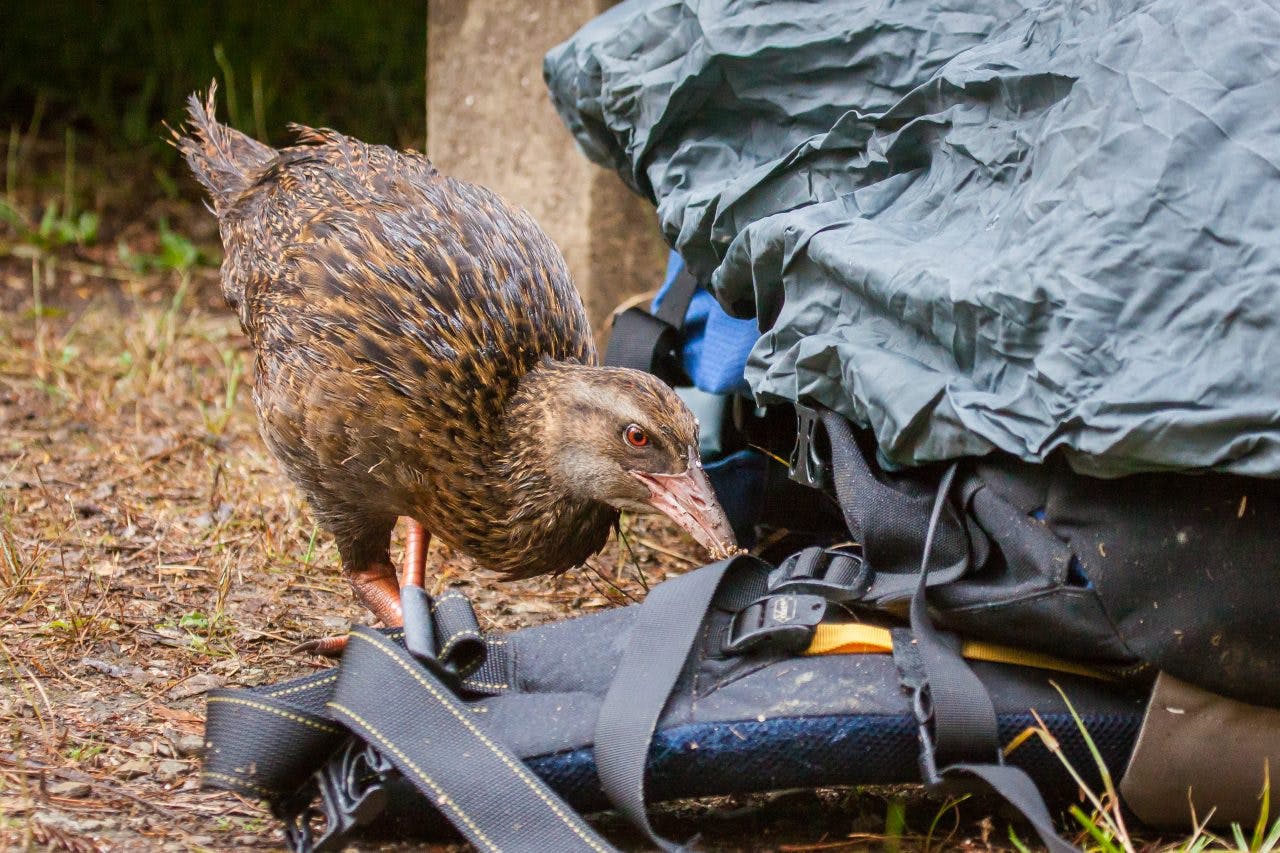A tramper’s favourite nuisance bird.
Wekas are charismatic birds, often attracted to human activity which makes them an endless source of entertainment for trampers.
People who live alongside weka often have a less charitable opinion, as they have to live with the bird’s opportunistic snatching and stealing habits.
There are four subspecies of weka: North Island weka, western weka, buff weka (which became extinct in its eastern South Island range around 1920 and is now restricted to the Chatham Islands after reintroduction there in 1905) and Stewart Island weka. There is only only slight differences between the subspecies.
Weka occur in a wide variety of habitats, from the coastline to above the tree-line, including wetlands, rough pasture, shrubland and native and plantation forests.
The birds are predominantly brown, with dorsal feathers streaked with black and all have their longest wing and tail feathers boldly barred with black. Adults have red eyes, a strong pointed bill, thickset legs and are 50cm to 60cm in size. Depending on subspecies, they can weigh from 450g to 1400g.
The oldest known bird, found on Kapiti Island, lived to 19 years.
Wekas breed from August to January and lay their eggs in a cup-shaped nest of fine grass or sedge leaves in dense vegetation, usually under an object or within a burrow with very little head space. The timing and number of clutches varies between pairs, with some producing multiple clutches in a season. Incubating duties are shared and will take around 25 days. Interestingly, clutch size in island populations is one or two eggs, while mainland weka produce two to four eggs.
The weka is omnivorous and is both a scavenger and predator with animal foods being 30 per cent of their diet, and plants making up the rest. A wide variety of fruit and invertebrates, including eggs, lizards, small mammals, birds and carrion are consumed. They have been recorded killing animals as large and tough as stoats and Westland petrels.








